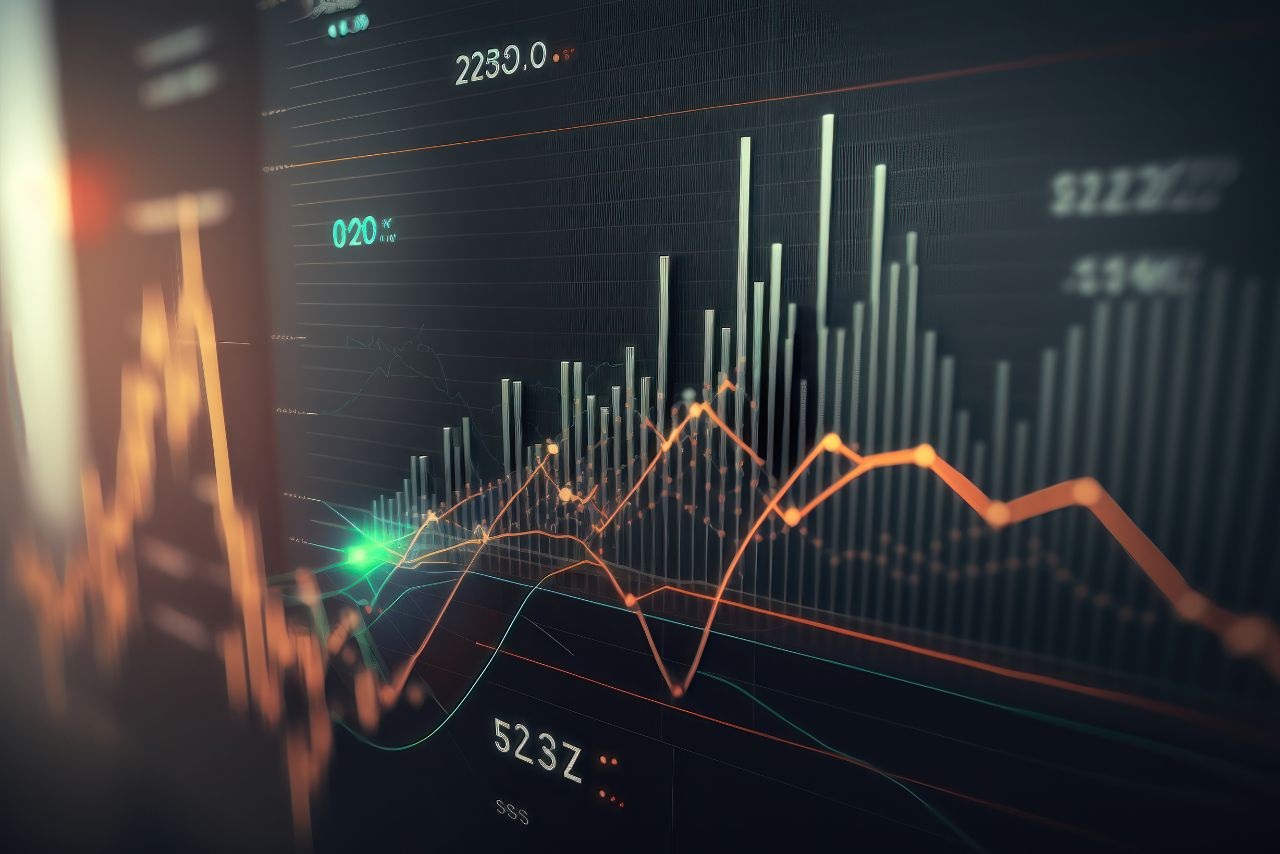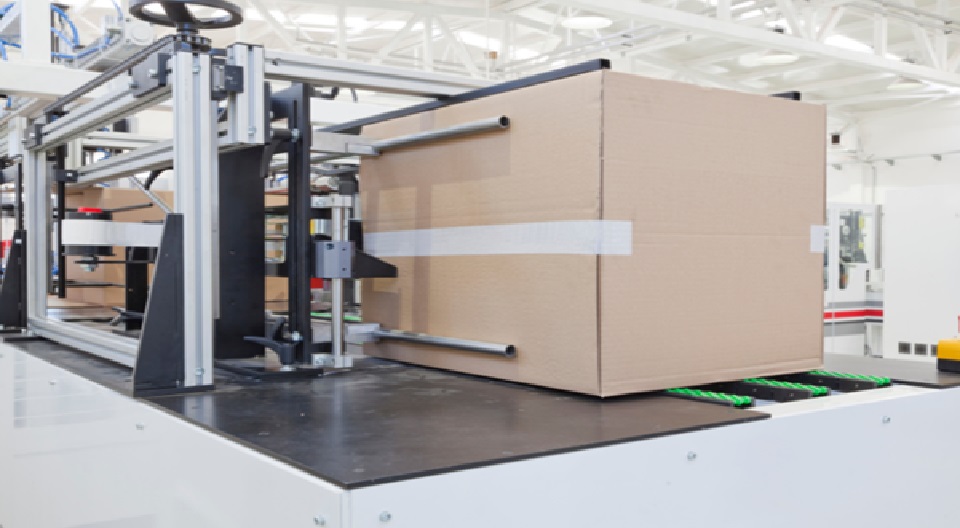Futures trading, with its potential for high leverage and the ability to take advantage of rising and falling markets, is a realm where seasoned traders excel. Beyond the basics, pro traders employ advanced strategies, risk management techniques, and a deep understanding of market dynamics to navigate this complex financial landscape.
This article serves as a comprehensive guide, offering insights and techniques honed by professional futures traders. By delving into these advanced strategies, traders can gain a deeper understanding of optimising their futures trading endeavours and potentially achieve success in this dynamic market.
Spread trading: Capitalising on price differentials
Spread trading involves simultaneously buying and selling two related futures contracts to profit from their price differential. Pro traders often employ this strategy to mitigate risk and capitalise on relative price movements. For example, in the energy markets, a trader might engage in a crack spread, which involves trading the spread between crude oil and refined products like gasoline and heating oil.
In agricultural futures, a trader may utilise calendar spreads to benefit from seasonal variations in supply and demand. Pro traders can identify spread trading opportunities that offer a higher probability of success by carefully analysing the fundamentals of the underlying assets and monitoring historical price relationships.
Intraday scalping: Seizing micro-movements
Intraday scalping is a high-frequency trading strategy that seeks to take advantage of small price movements within a single trading day. Pro traders leverage advanced technical analysis, algorithmic trading tools, and lightning-fast execution to execute numerous trades quickly. By capitalising on micro-movements, scalpers aim to accumulate profits over the trading day.
Risk management is paramount in intraday scalping. Pro traders set strict stop-loss levels and employ position-sizing techniques to limit potential losses. They also closely monitor liquidity and spreads to ensure that the costs of rapid trading do not erode their returns. Intraday scalping requires discipline, quick decision-making, and the ability to react swiftly to changing market conditions.
Options on futures: Leveraging versatility
Options on futures provide pro traders with an additional layer of strategic flexibility. This advanced technique allows traders to take advantage of price movements, volatility changes, and time decay. For example, a trader may implement a delta-neutral strategy by simultaneously trading options and futures to hedge against price fluctuations.
Advanced options strategies, such as iron condors, straddles, and ratio spreads, offer pro traders the ability to fine-tune their risk-reward profiles. By carefully selecting strike prices and expiration dates, traders can construct options positions that align with their market outlook. However, pro traders need to thoroughly understand options pricing models and the implications of volatility changes.
Pairs trading: Exploiting market anomalies
Pairs trading is a statistical arbitrage strategy capitalising on perceived mispricings between two related assets. Pro traders identify pairs of assets with historically correlated price movements. When they detect a deviation from the typical relationship, they take a long position in the underperforming asset and a short position in the outperforming asset, anticipating a reversion to the mean.
In the futures market, pro traders might implement pairs trading by identifying correlated contracts, such as gold and silver or Brent and WTI crude oil. Rigorous statistical analysis and careful monitoring of market conditions are crucial for successful pairs trading. Pro traders often use advanced trading platforms that provide real-time data and execution capabilities for swift and precise trading decisions.
Volatility trading: Adapting to market swings
Volatility trading involves speculating on future levels of market volatility. Pro traders use tools like options, VIX futures, and volatility ETFs to position themselves for potential shifts in market sentiment. For example, during periods of heightened uncertainty, pro traders may implement a long volatility strategy to find opportunities from an expected increase in market swings.
Pro traders also engage in volatility arbitrage, exploiting implied and realised volatility discrepancies. By carefully calibrating their positions, traders aim to capture returns regardless of the direction of price movements. However, it’s important to note that volatility trading can be risky, and pro traders employ robust risk management techniques to protect their capital.
All things considered
Mastering advanced futures trading techniques requires experience, discipline, and a deep understanding of market dynamics. Pro traders employ strategies like spread trading, intraday scalping, options on futures, pairs trading, and volatility trading to gain an edge in the futures market.
They prioritise risk management, continuously adapt to changing market conditions, and use advanced trading tools to execute precise and timely trades. By incorporating these advanced insights and techniques into their trading arsenal, pro traders can confidently navigate the futures market’s complexities and potentially achieve success in this dynamic financial landscape.





